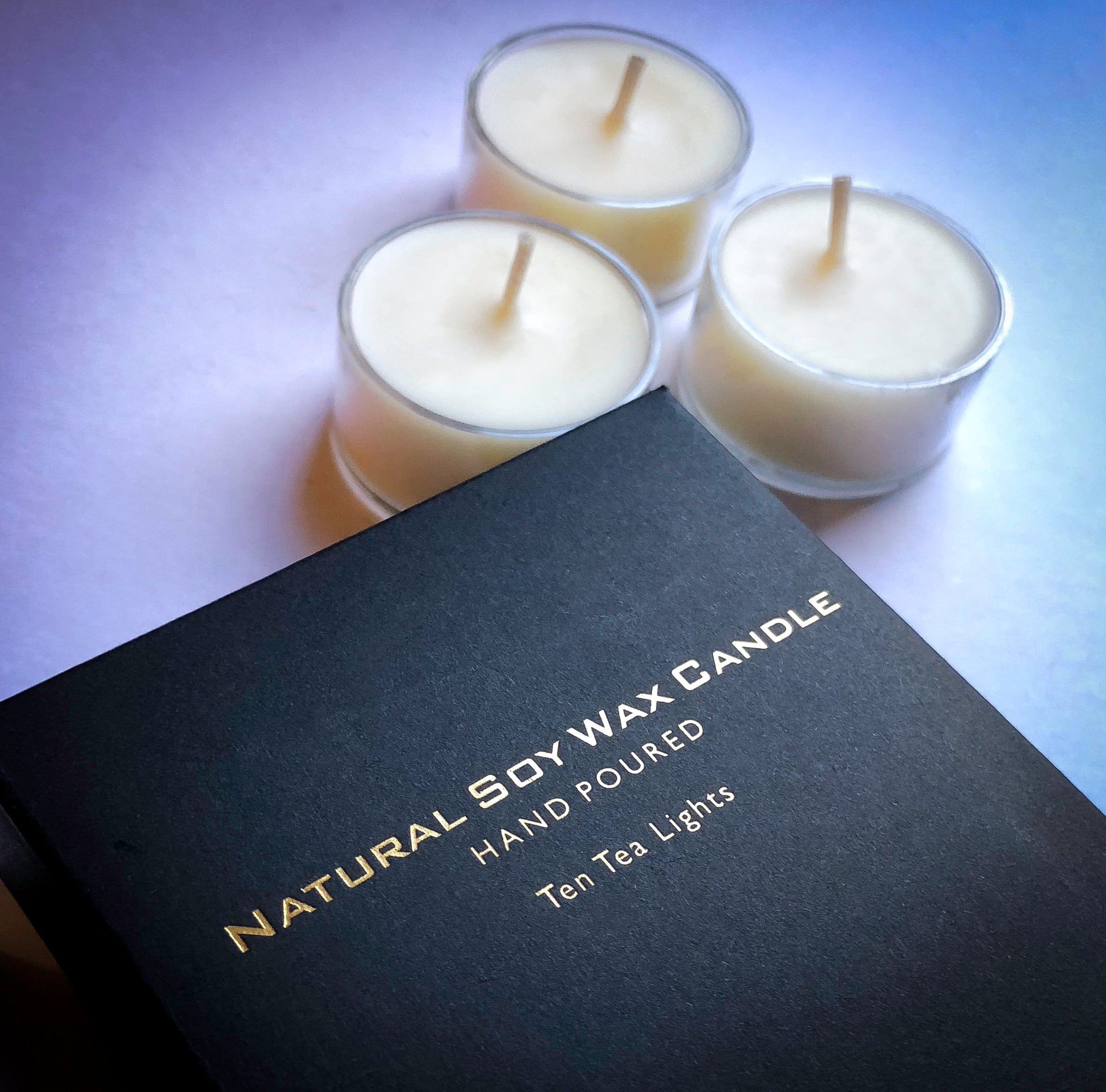Brighten Your Environment with Crystal Soy Candles and Home Fragrance
Wiki Article
From Wick to Wax: Understanding the Chemistry Behind Soy Wax Candles and Their Ecological Impact
As we brighten our areas with the cozy glow of candles, there lies a world of intricate chemistry behind the apparently easy act of lighting a soy wax candle light. Join us as we unravel the clinical intricacies behind soy wax candle lights and explore their ramifications on our setting.Soy Wax Vs. Paraffin Wax
When comparing soy wax and paraffin wax for candle making, it is essential to comprehend the distinct characteristics and advantages of each product. Soy wax is an all-natural, renewable energy stemmed from soybean oil, making it green and biodegradable - candles. On the other hand, paraffin wax is a result of oil refining, which raises concerns regarding its environmental effect and sustainabilitySoy wax candles burn cleaner and emit much less residue compared to paraffin wax candle lights, making them a much healthier option for indoor air top quality. Additionally, soy wax has a reduced melting point, permitting for a longer-lasting candle that spreads scent better. Paraffin wax, on the various other hand, has a tendency to shed faster and much less easily, potentially releasing hazardous chemicals into the air.
From a sustainability point of view, soy wax is favored for its biodegradability and eco-friendly sourcing, straightening with the expanding consumer choice for environmentally mindful products. While paraffin wax has actually been a typical choice in candle making because of its affordability and convenience of usage, the change towards green alternatives like soy wax is gaining momentum in the sector.
Chemical Structure of Soy Wax

Burning Refine in Soy Candles
The chemical structure of soy wax directly influences the burning process in soy candle lights, impacting aspects such as shed time, scent release, and ecological influence. When a soy candle light is lit, the heat from the fire thaws the wax near the wick. This fluid wax is after that formulated the wick due to capillary activity. As the liquid wax reaches the flame, it goes through and vaporizes burning. The burning procedure entails the vaporized hydrocarbons in the wax reacting with oxygen airborne to create warmth, light, water vapor, and carbon dioxide.
The burning efficiency of soy candle lights is affected by the purity of the soy wax and the high quality of the wick. A clean-burning soy candle with a properly sized wick will reduce and produce a steady fire soot development. This not just extends the melt time of the candle but also improves the release of fragrances. Furthermore, soy wax candles have a reduced ecological influence compared to paraffin candles due soy wax candles to their biodegradable and renewable nature.

Ecological Advantages of Soy Wax

Taken into consideration a lasting choice to traditional paraffin wax, soy wax uses notable environmental advantages that make it a prominent choice amongst eco-conscious consumers. Soy wax burns cleaner and produces much less soot than paraffin wax, adding to better indoor air quality and reducing the need for cleaning and upkeep. Generally, the environmental advantages of soy wax align with the growing demand for environment-friendly and sustainable items in the market.
Recycling and Disposal Considerations
Recycling and correct disposal of soy wax candles play an important role in maintaining ecological sustainability and reducing waste in households and areas. The initial action is to ensure that the candle has burned entirely when it comes to reusing soy wax candle lights. This can be achieved by enabling the candle to shed until the wick is no more useful, and after that allowing the continuing to be wax cool and solidify. When the wax has actually strengthened, it can be very carefully eliminated from the container.
In regards to disposal, if recycling is not a choice, soy wax candle lights are naturally degradable and can be securely thrown away in many house waste systems. Nevertheless, it is constantly recommended to check with regional reusing facilities or waste monitoring services for details standards on candle disposal to make sure correct handling and environmental security.
Verdict
In verdict, the chemistry behind soy wax candle lights discloses their ecological advantages over paraffin wax candle lights. Soy wax, derived from soybean oil, burns cleaner and generates less soot when contrasted to paraffin wax.When comparing soy wax and paraffin wax for candle light making, it is crucial to recognize the unique features and benefits of each product (home fragrance).Soy wax candles shed cleaner and send out less soot compared to paraffin wax candles, making them a healthier option for interior air top quality.Thought about a lasting alternative to typical paraffin wax, soy wax provides notable environmental advantages that make it a prominent option among eco-conscious consumers. Soy wax burns cleaner and produces less residue than paraffin wax, contributing to better interior air quality and minimizing the demand for cleaning and upkeep.In conclusion, the chemistry behind soy wax candle lights exposes their ecological advantages over paraffin wax candle lights
Report this wiki page